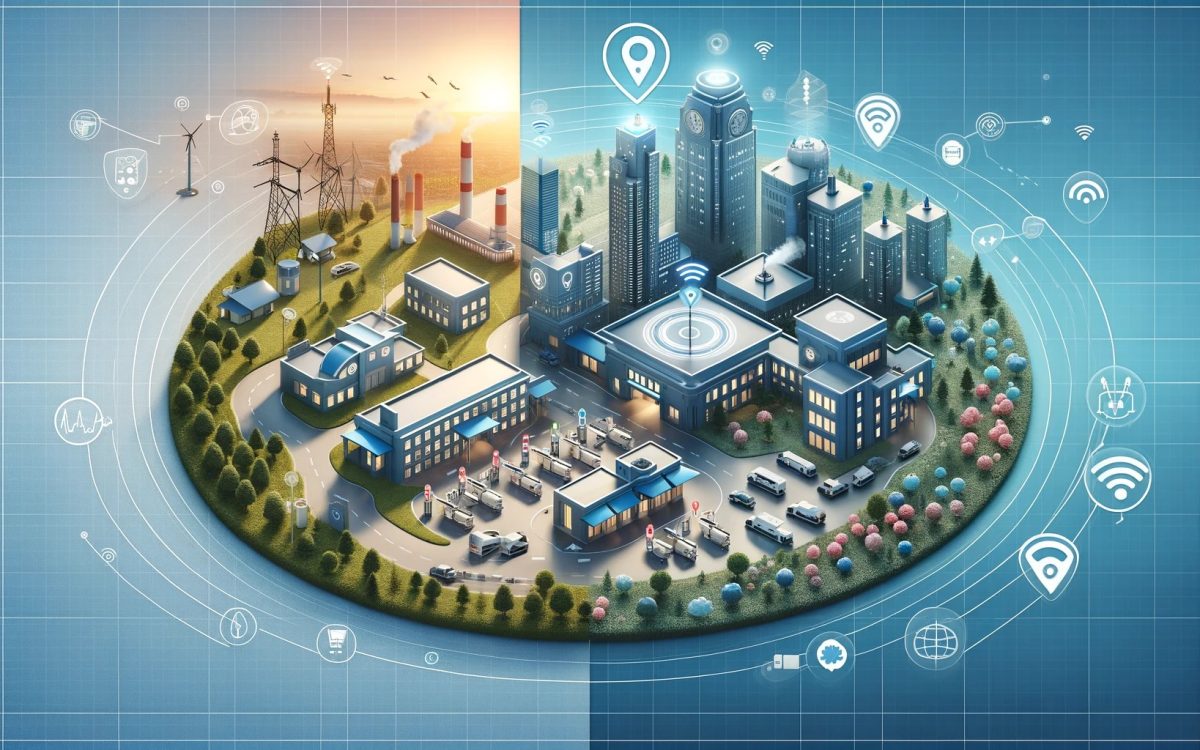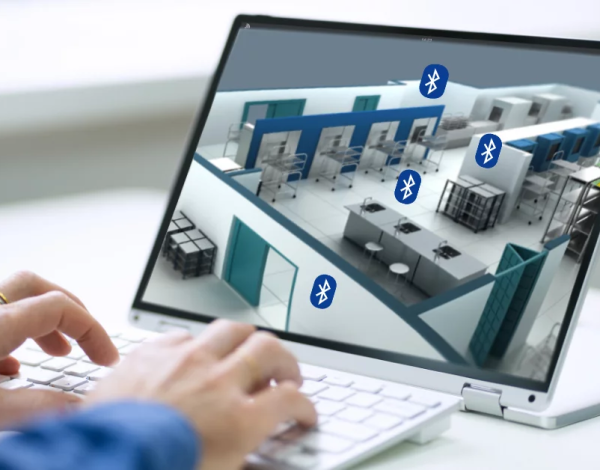
The Evolution of Geolocation
-
by RIOH
- 0 Comments
Geolocation, a technology that makes it possible to determine the exact position of an object or a person on the planet, both indoors and outdoors. This technology is not the fruit of the imagination of a single inventor. Rather, it is the result of a set of technological and scientific innovations that have followed one another over the years. This article traces the fascinating history of geolocation, from its early days with the development of the GPS system, to the modern use of technologies such as Wi-Fi and Bluetooth, while highlighting the impact of these technologies in the health sector thanks to innovative companies like RIOH.
The Dawn of Geolocation: The Legacy of GPS
The Global Positioning System (GPS), initially developed by the United States Department of Defense in the 1960s, represents a cornerstone in the history of geolocation. Designed to provide precise location through a network of satellites, GPS ushered in an era of precision navigation and location, initially for military applications before becoming more widely available to the general public. Key figures like Roger L. Easton and Ivan Getting played crucial roles in its development, establishing the foundations on which geolocation technology rests today.
The Era of Wi-Fi and Bluetooth
While GPS has revolutionized outdoor navigation and localization, the advent of Wi-Fi and Bluetooth has opened up new perspectives for indoor geolocation. These technologies, widely used in modern electronic devices, make it possible to determine position with great precision in environments where the GPS signal may be limited or non-existent, such as inside buildings.
Wi-Fi uses the strength and proximity of signals emitted by access points to estimate location, while Bluetooth provides very precise location using beacons that communicate with nearby devices, including Bluetooth technology. Low Energy (BLE). These geolocation methods are particularly suitable for applications requiring high precision over short distances.
RIOH: Health Innovations with Wi-Fi and Bluetooth
In the healthcare sector, the innovative use of Wi-Fi and Bluetooth opens up promising horizons for the management of medical equipment and the improvement of care services. RIOH, at the forefront of this innovation, uses these technologies to offer a solution for precise localization of medical devices within healthcare establishments. Unlike GPS, which is not suitable for the complex indoor environments of hospitals and clinics, Wi-Fi and Bluetooth make it possible to track the location of equipment in real time, thus optimizing their use and improving the efficiency of care provided. to patients.
RIOH’s IoTcare solution perfectly illustrates how indoor geolocation can revolutionize the daily operations of healthcare establishments. By providing complete visibility into the position of medical devices, RIOH helps reduce waiting times, avoid the loss of expensive equipment and make their use profitable by guaranteeing healthcare workers, biomedical engineers, IT technicians, etc. . that the necessary resources are always at hand.
Conclusion
The evolution of geolocation, from GPS to Wi-Fi and Bluetooth technologies, highlights the growing importance of this technology in our daily and professional lives.
As technology continues to advance, the application possibilities of geolocation seem almost limitless, promising new advances and improvements in various areas. For the healthcare sector, companies like RIOH are showing how location-based innovation can transform practices and help deliver better, more efficient care.
To learn more about our geolocation solutions, do not hesitate to Contact us here !




